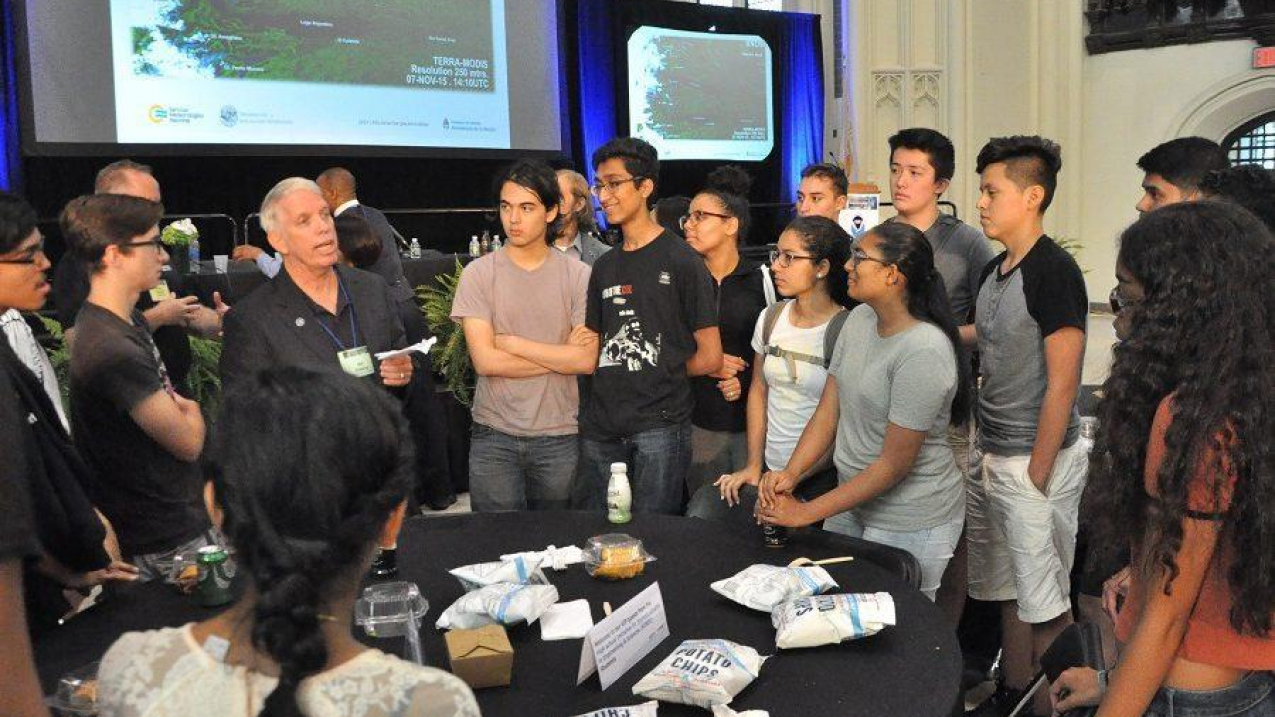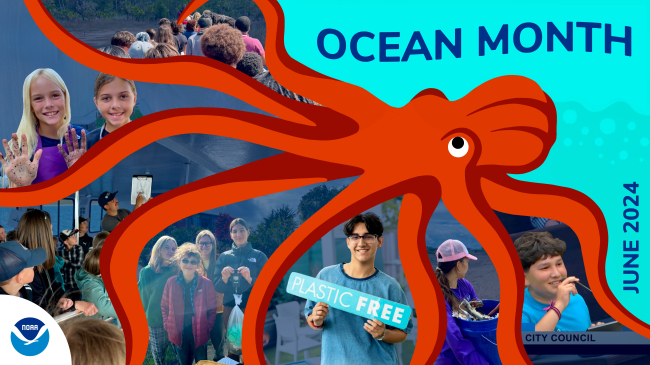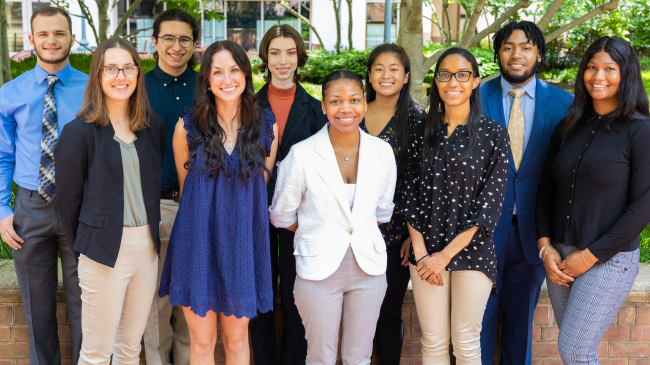From detecting greenhouse gases to tracking harmful algal blooms and even monitoring natural resources, satellite technology allows NOAA to observe changes to Earth’s surface and atmosphere. The National Research Council emphasized the importance of highly trained remote sensing technical staff for interpreting and translating these complex data for use by the public and private sectors. If the United States is to remain on the forefront of this technology, it is critical to train our next generation in remote sensing technology.

Students and young professionals network with renowned scientists and experts from across the globe at the NOAA Satellite Conference. (Image credit: NOAA)




